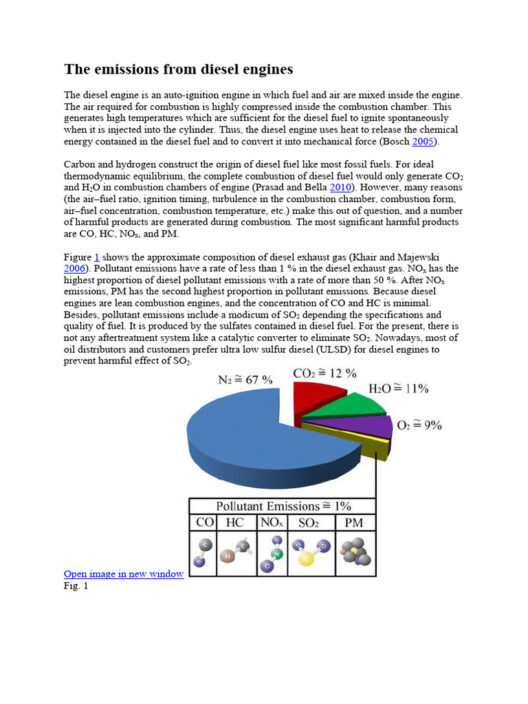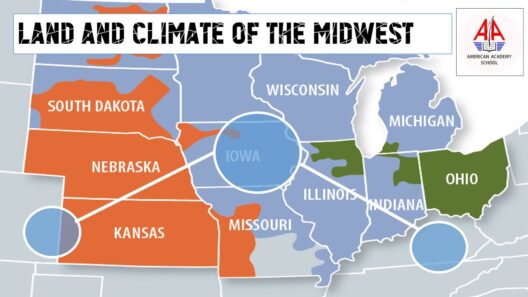The taiga, also known as the boreal forest, is an expansive biome that stretches across the northern regions of North America, Europe, and Asia. Encapsulating a vast array of ecological phenomena, it is characterized by its unique climate, which is defined by frigid winters and brief, often temperamental summers. Understanding the climate of the taiga is essential to appreciating not only its biological diversity but also its crucial role in the global ecosystem.
One of the most striking characteristics of the taiga climate is its extreme temperature variations. Winters are notoriously harsh; they plunge well below freezing, often reaching temperatures of -30 degrees Celsius (-22 degrees Fahrenheit) or lower in some areas. This relentless cold is primarily due to the high latitude of the taiga, where the sun’s rays strike at a shallow angle, resulting in less solar energy penetrating the atmosphere. The resultant chilling conditions create a landscape that is stark yet strikingly beautiful, with frost glittering on trees and shimmering in the air.
In contrast, summers, while brief, can be surprisingly warm. They typically last only a couple of months, with average temperatures often hovering between 15 to 20 degrees Celsius (59 to 68 degrees Fahrenheit). The fleeting warmth leads to a profusion of life, as flora and fauna suddenly burst into activity. However, despite these warmer months, the taiga’s climate is still classified as subarctic or continental, meaning that overall it experiences significant cold and lacks the extended growing season found in temperate regions.
This dichotomy of cold winters and short summers shapes not only the landscape but also the biodiversity found within the taiga. The coniferous trees, such as spruce, fir, and pine, are adapted to withstand heavy snow loads and provide insulation against the bitter cold. Their conical shapes prevent snow accumulation on branches, thus reducing the chances of limbs breaking under the weight. This is a prime example of the incredible adaptations life has made to thrive in such frigid conditions.
As one delves deeper into the climate of the taiga, it becomes apparent that these extreme variations have far-reaching implications on the ecosystem. The severity of winter not only dictates which species can survive; it also influences their life cycles. For instance, many animals in this biome, such as moose and lynx, have developed unique behavioral adaptations to endure the harsh winters. Some animals engage in hibernation, while others migrate to slightly warmer regions during the coldest months.
Moreover, the short summer season is characterized by an intense burst of plant growth. The longer daylight hours during these months create an opportunity for rapid photosynthesis, resulting in the forest floor being blanketed with a diverse array of understory plants. This sudden lushness is a marvel of nature, a period where life races against time to capitalize on the fleeting warmth. As a result, summer in the taiga is not just a season; it’s an exuberant renaissance of life.
Precipitation in the taiga also plays a significant role in defining its climate. Annual rainfall is relatively modest, averaging between 40 to 100 centimeters (16 to 39 inches). Most of this precipitation occurs during the warmer months, often in the form of rain, while winter typically sees considerable snowfall. The timing of precipitation is critical, as it coincides with the growing season, allowing trees and plants to access necessary moisture at a time when they can utilize it most effectively.
The climate of the taiga is also influenced by larger climatic systems. The Arctic Oscillation and El Niño events can significantly alter weather patterns, impacting temperatures and precipitation levels. These shifts can lead to more severe winters or unexpectedly warm spells during the summer, presenting a myriad of challenges for the flora and fauna adapted to more stable conditions. Such unpredictability illustrates the delicate balance of the taiga ecosystem and raises important questions about resilience in the face of climate variability.
Furthermore, the health of the taiga is intertwined with global climate conditions. As warming trends accelerate due to climate change, the boreal forest is experiencing rapid transformations. Increased temperatures are precipitating changes in species distributions, leading to a migration of certain tree species while others may face decline. This has profound implications not only for local biodiversity but also for the global carbon cycle, as these forests play a critical role in sequestering carbon.
As we confront the challenges posed by climate change, the taiga serves as a poignant reminder of nature’s interconnectedness. The responses of this forest to climatic shifts can reveal much about the adaptability and vulnerability of ecosystems worldwide. The boreal forest acts as both a guardian and an indicator of our planet’s health, making its preservation paramount.
In conclusion, the climate of the taiga, characterized by its bitterly cold winters and fleeting, warm summers, encapsulates a world of contrasts that is both fascinating and complex. It challenges us to consider not only the immediate conditions that shape its existence but also the broader ecological web of life that it sustains. As we strive for a more profound understanding of our environment, the taiga remains a vital focal point in the discourse on climate resilience and biodiversity conservation.






